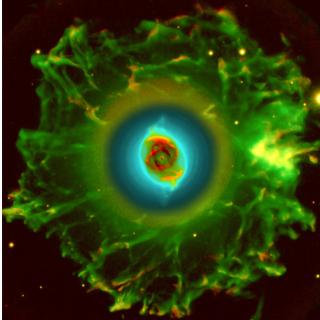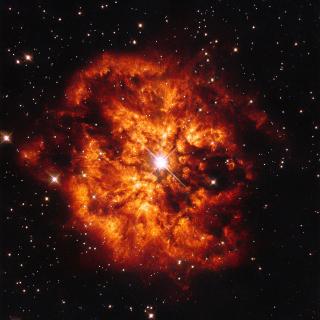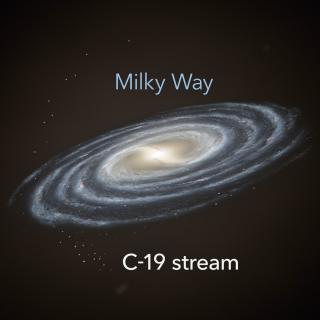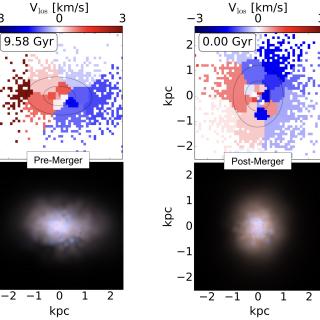![OSRIS spectra of the C-19 member stars Spectra of the C-19 member stars observed with OSIRIS, normalized using a running mean filter after removing the velocity signal in the rest frame (black lines), together with the best fit (blue lines) derived by adopting a fitting procedure. The metallicity, [Fe/H], computed from [M/H] and [Ca/H] is also indicated for each star.](/sites/default/files/styles/crop_square_2_2_to_320px/public/images/news/41586_2021_4162_Fig6_ESM_f.jpg?h=6246b455&itok=lNqI9pli)
Stellar ejecta gradually enrich the gas out of which subsequent stars form, making the least chemically enriched stellar systems direct fossils of structures formed in the early universe. Although a few hundred stars with metal content below one thousandth of the solar iron content are known in the Galaxy, none of them inhabit globular clusters, some of the oldest known stellar structures. These show metal content of at least ~0.2 percent of the solar metallicity ([Fe/H] > -2.7). This metallicity floor appears universal and it has been proposed that proto-galaxies that merge into the
Advertised on

![MUSE view of PN M 1-42 Left panel: spatial distribution of the auroral [N II] λ5755 emission line in the PN M 1-42 prior to applying the recombination contribution. Middle panel: spatial distribution of the N II λ5679 recombination line. Right panel: same as left panel after applying the recombination contribution correction.](/sites/default/files/styles/crop_square_2_2_to_320px/public/images/media/image/figura.jpg?h=87b882e3&itok=_BiZgjuV)


